About the Artist
Alice Aycock was born in Pennsylvania in1946. She was mentored in the 1960s by Robert Morris, a minimalist sculptor. Aycock is a sculptor and installation artist. In her earlier works she explored land art and her relationship to the environment. After 1982, she created her sculptures using “blade machines” which are revolving, motorized blades. Aycock’s interpretations of cosmic ideas have been compared to Borges’s stories which include interesting subjects such as private metaphysics of the mind, space, dreams, and the concept of time. Aycock manages to create a fear of an existing and otherworldly higher order that man continuously struggles to understand. Her recent work features large-scale sculptures inspired by postmodern issues, natural forms, and complicated subjects including physics. She continuously uses hi-tech materials to create her large and dynamic sculptures in public locations.
About the Sculpture
Inspired by tantric drawings of the origin of the world, landscapes, and various views of heaven and hell, she focused on the sacred mountain Meru which is at the center of the universe and has many different plateaus and islands. She transformed a 2D metaphor into a 3D theatrical structure. The sculpture, a fountain, with its flowing water sets up a dialogue between the natural and the artificial or fantastic world. Aycock created the sculpture in 1987 using cement. It is a stark contrast to the vibrant green grass around it. Unlike most fountains, the sculpture does not stand, it is not tall. Instead, it is build into the ground so the water does not spray, rather moves through the grooves like blood through veins. In Aycock’s interpretation, she wanted to contribute to historic and religious references found in architecture, painting, and drawing. Functioning as a fountain, the sculpture also combines the natural world and the man-made.
Our Interpretation
The relationship of the spiritual with the physical motivated our acrylic painting. Aycock’s major inspiration for her sculpture was the mountain Meru, which exists in text in Hindu, Jain, and Buddhist cosmology and is not physically real. This inspired us to create a two-dimensional painting to mimic her “two-dimensional” inspiration. The hollows in Aycock’s sculpture resemble an interconnected system that influenced us to create grooves in the foam board using a box cutter. We used yellow paint to embody the sacred and tranquil nature of spirituality and red paint in the grooves of the board to resemble human blood, referencing the physical body.
Credits
Isabella Ortiz — Research, Painter, Carver
Josey Hoffman — Painter, Research, Written Post
Jasleen Gill — Photographer, Painter, Administrator
Kat Marohl — Photographer, Editor, Painter
Works Cited
Black, John. “Mount Meru – Hell and Paradise on One Mountain.” Ancient Origins. Ancient Origins, n.d. Web.
Hobbs, Robert, and Edward F. Fry. Alice Aycock Projects 1979-1981: Sculpture and. N.p.: U of South Florida, 1981. N. pag. Print.
“The Islands of the Rose Apple Tree Surrounded by the Oceans of the World For You, Oh My Darling.” ArtsWA. Axiell ALM, n.d. Web.
“Western Washington University.” WESTERN GALLERY. N.p., n.d. Web.
Www.marlboroughgallery.com, Marlborough Gallery. “Marlborough Gallery -.” Marlborough Gallery, New York and Chelsea. Marlborough Contemporary, n.d. Web.
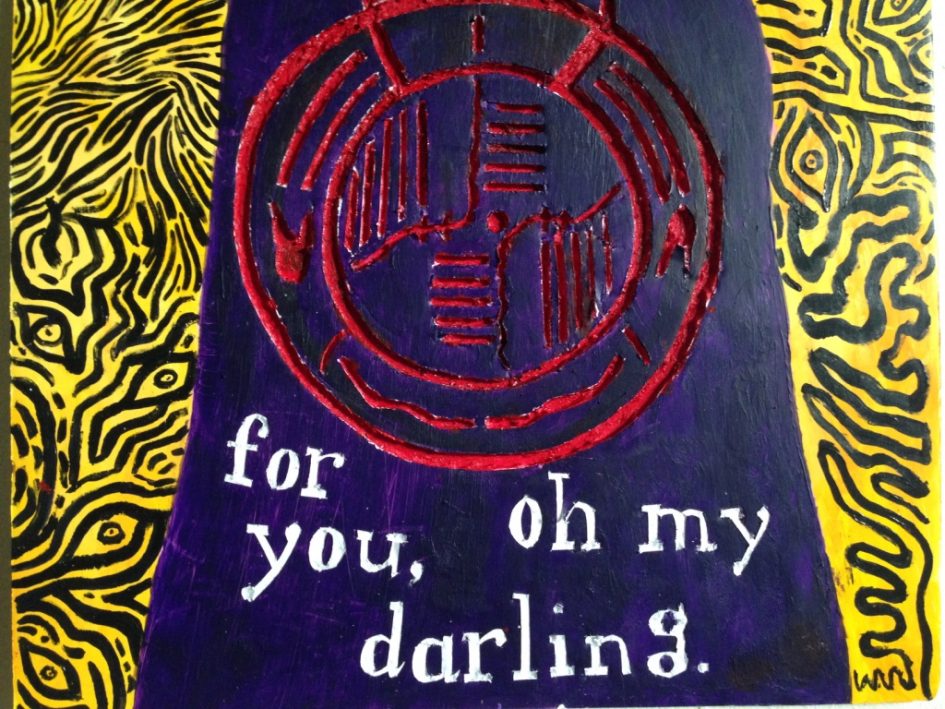


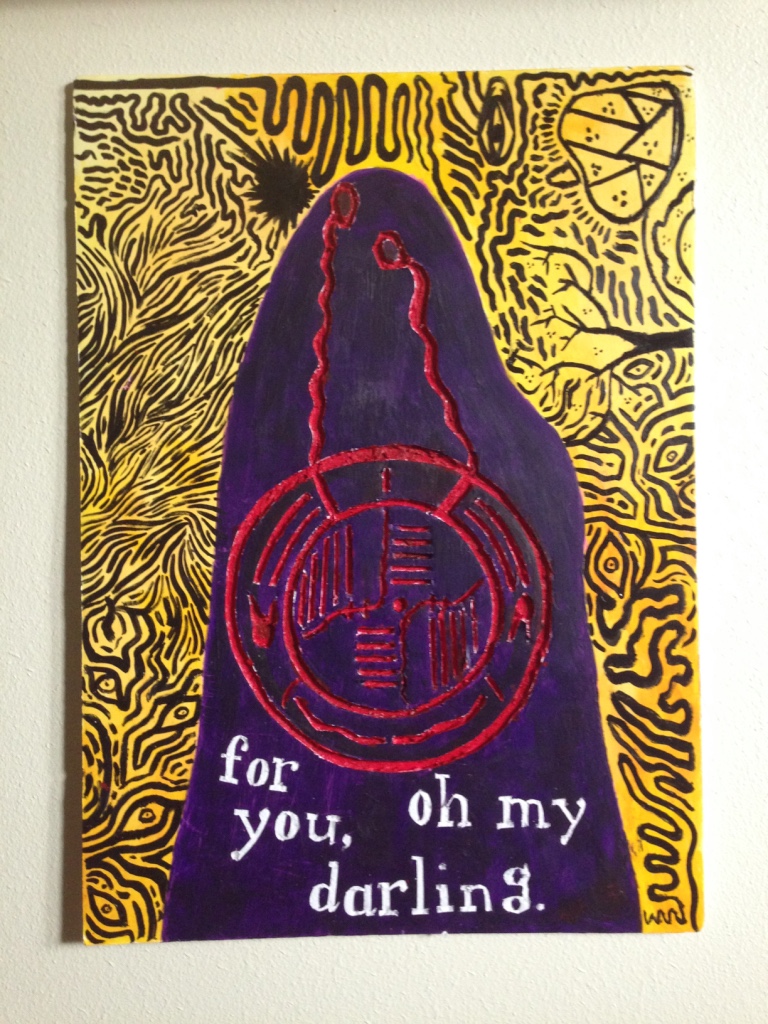

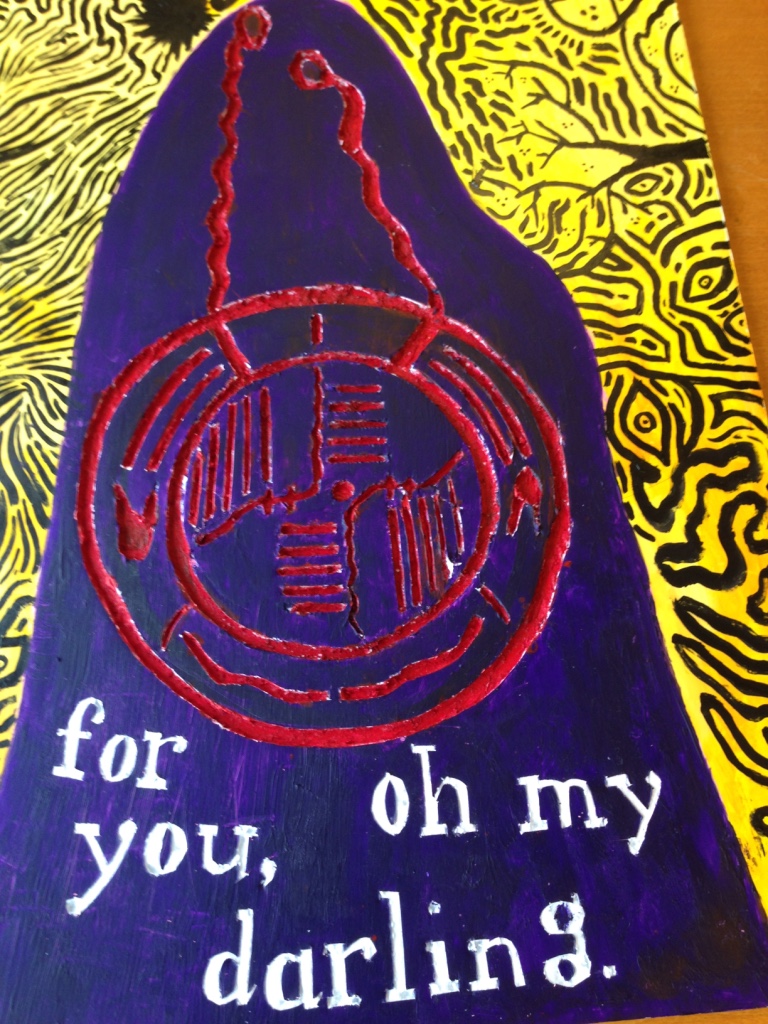

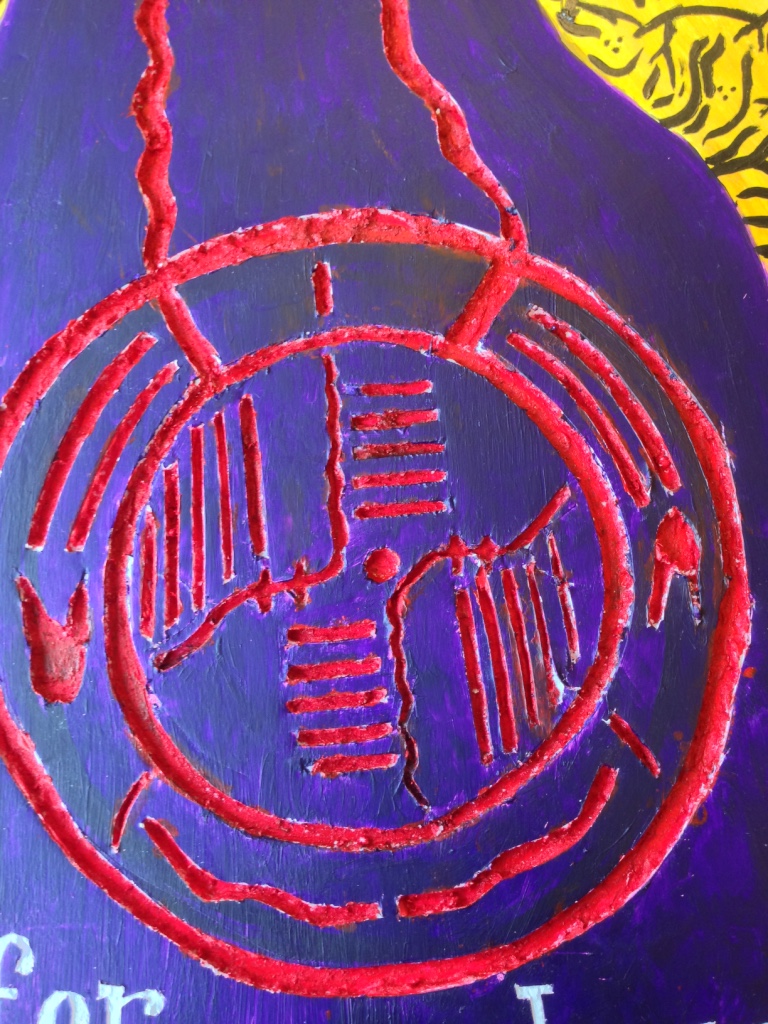
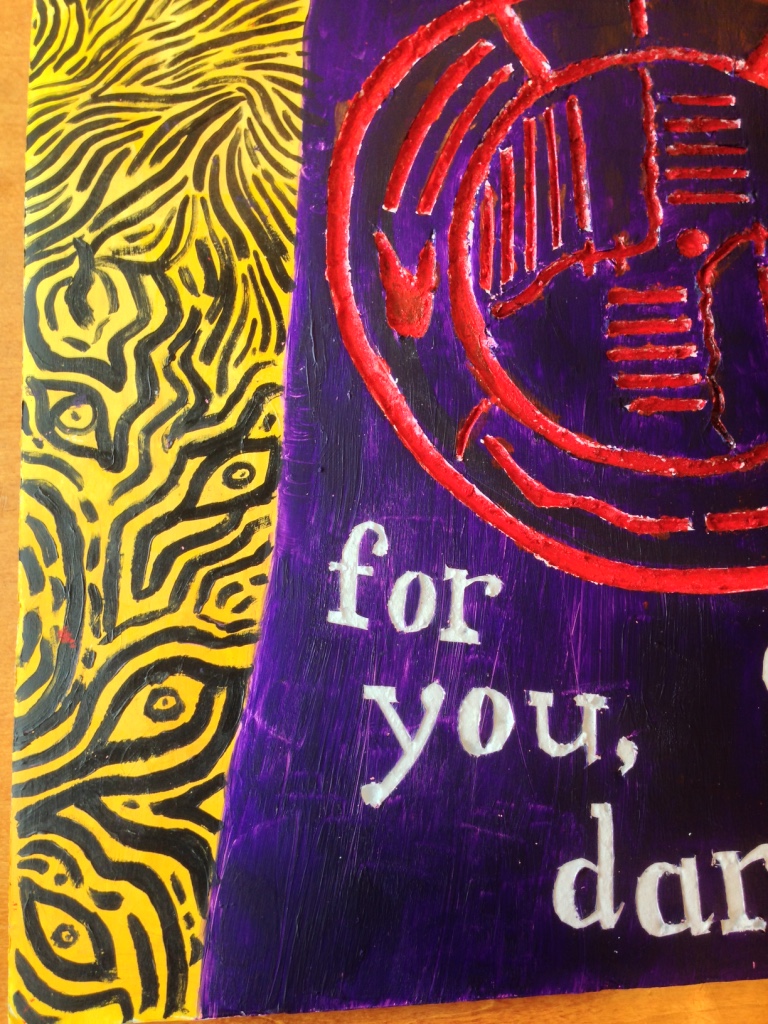
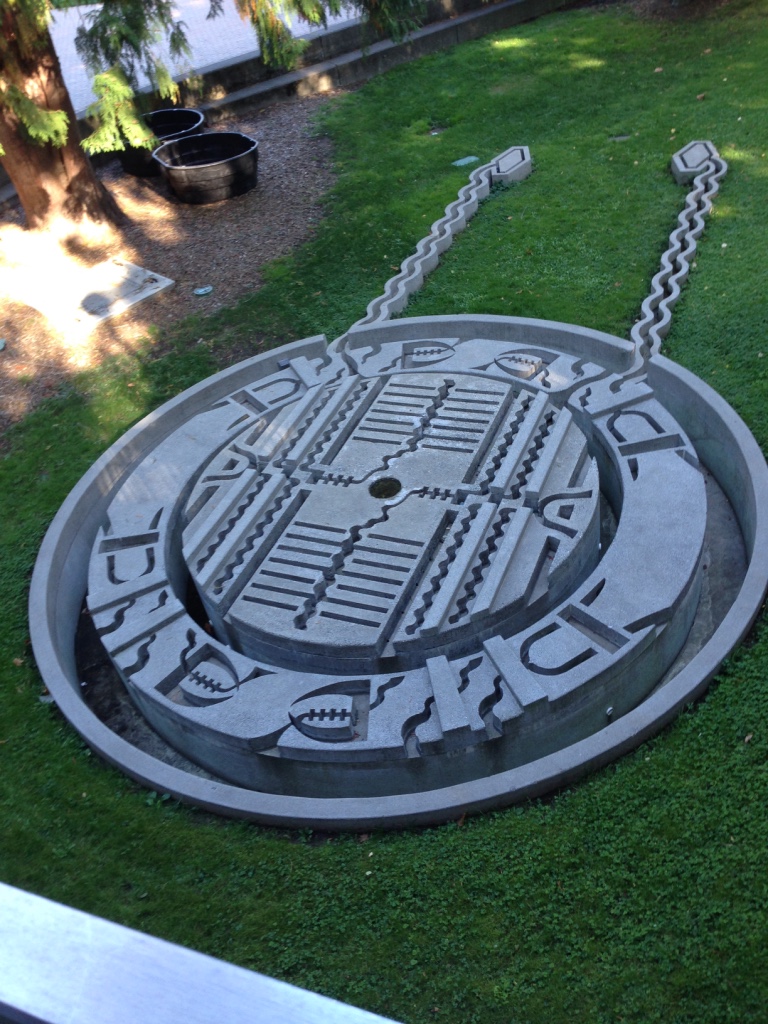

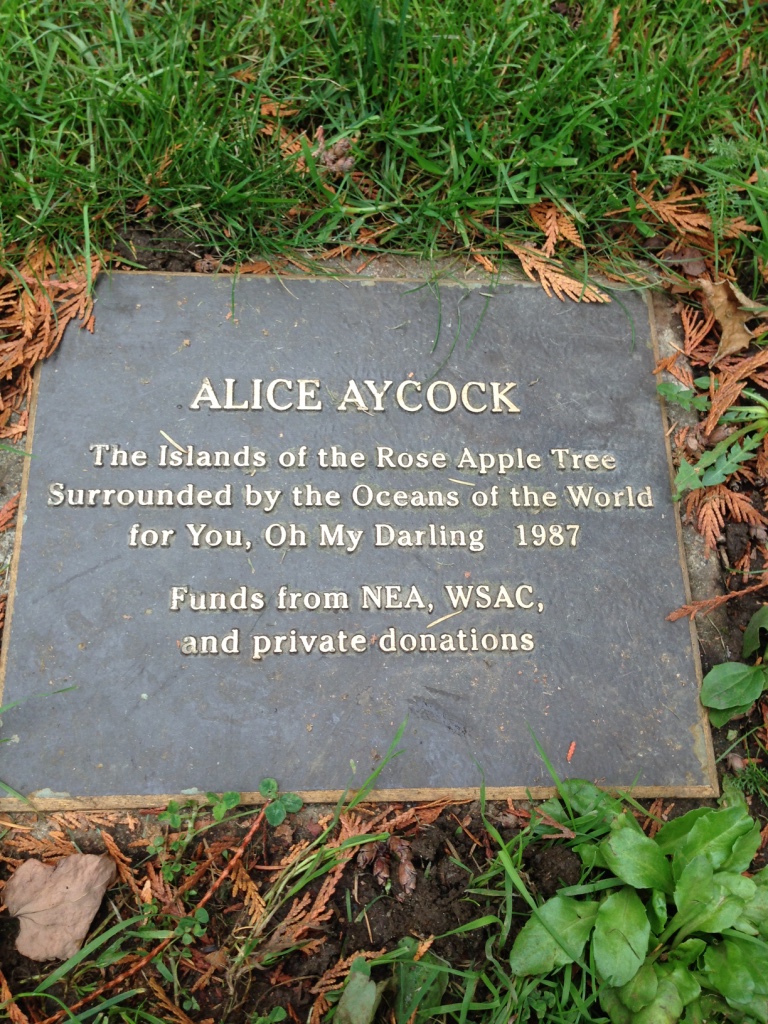

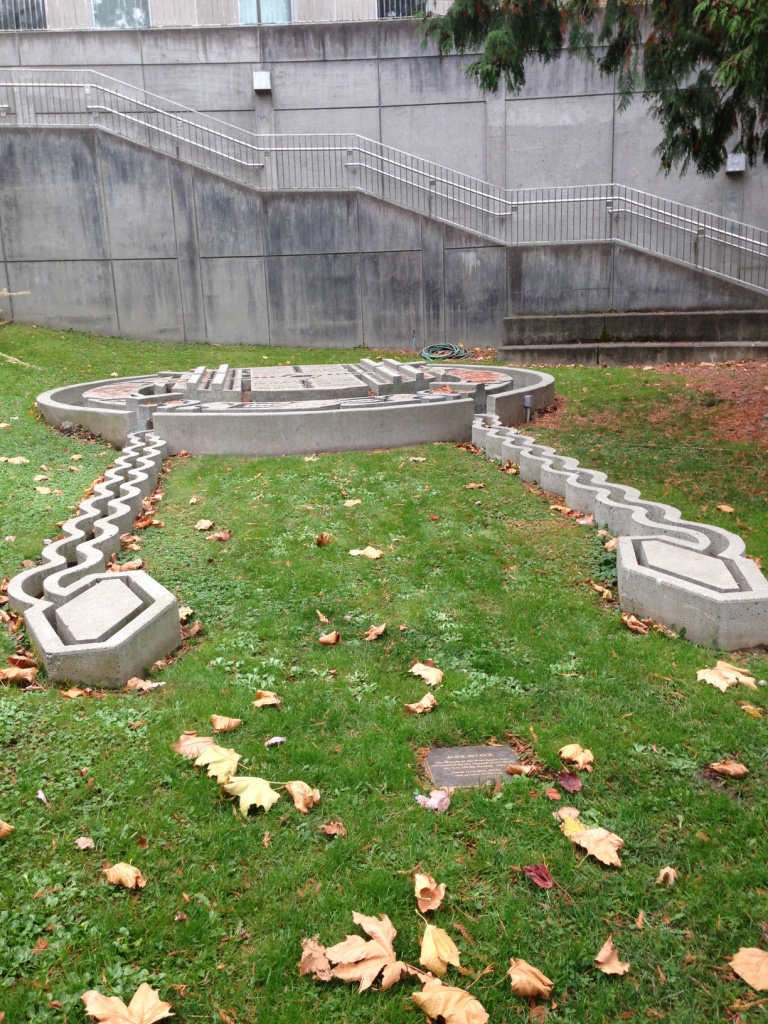
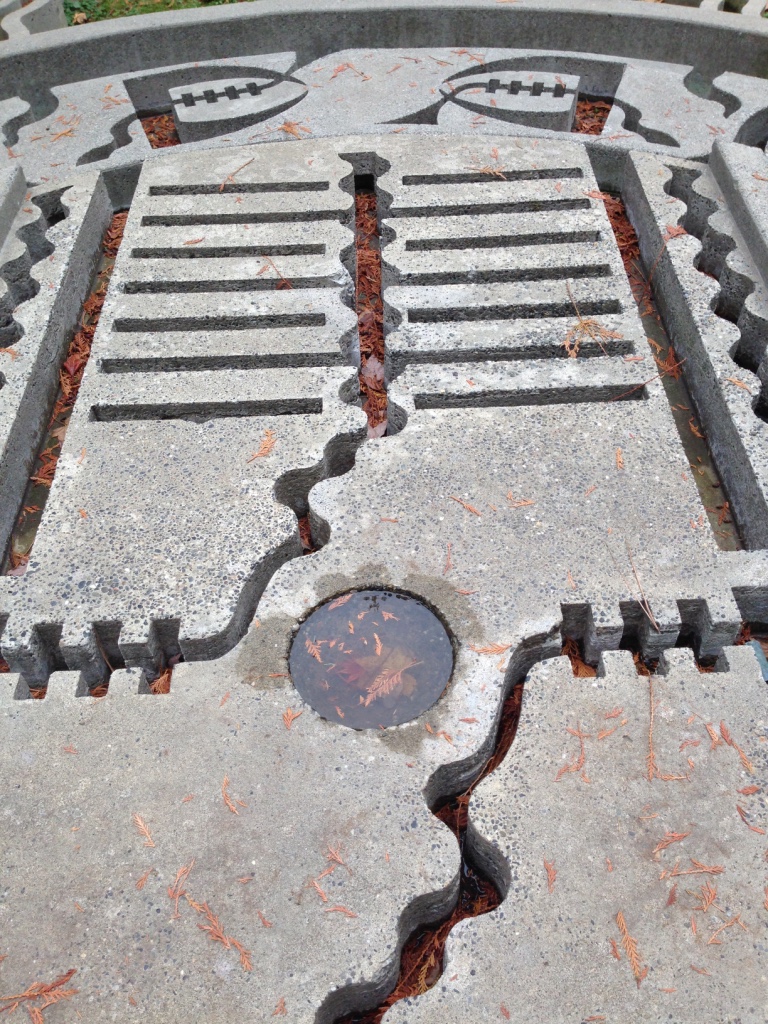

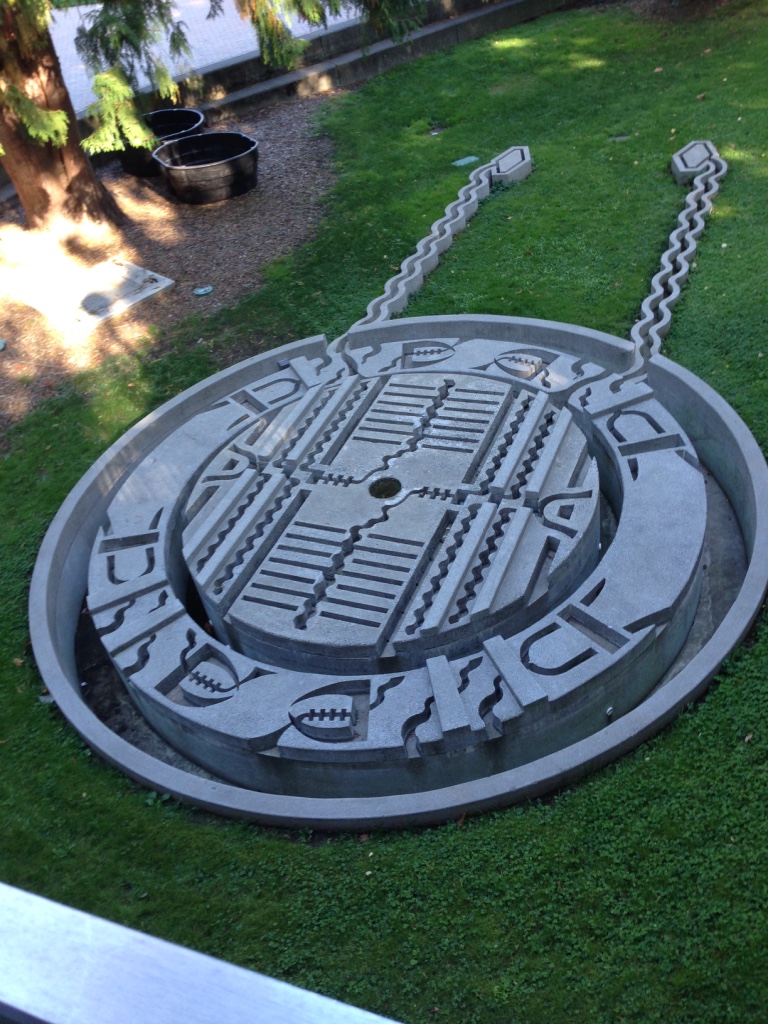







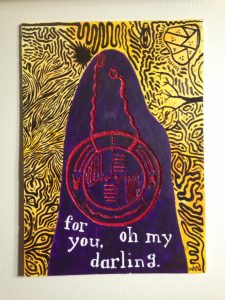


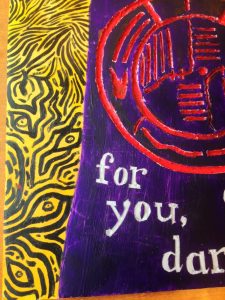
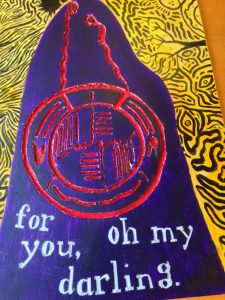


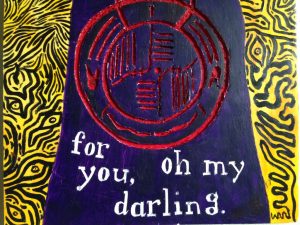
Leave a Reply